Evolution of technology items related to inventors working to help persons with disabilities.
Innovation in technology for persons with disabilities benefts everyone!
1808 - Pellegrino Turrs - an Italian inventor, invented a mechanical typing machine, one of the first typewriters in 1801 for his blind lover Countess Carolina Fantoni da Fivizzano. He also invented carbon paper to provide the ink for his machine.
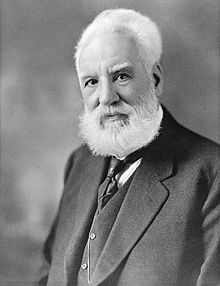
1876 - Alexander Graham Bell - Bell's father, grandfather, and brother had all been associated with work on elocution and speech, and both his mother and wife were deaf, profoundly influencing Bell's life's work. His research on hearing and speech further led him to experiment with hearing devices which eventually culminated in Bell being awarded the first U.S. patent for the telephone in 1876. Bell considered his most famous invention an intrusion on his real work as a scientist and refused to have a telephone in his study
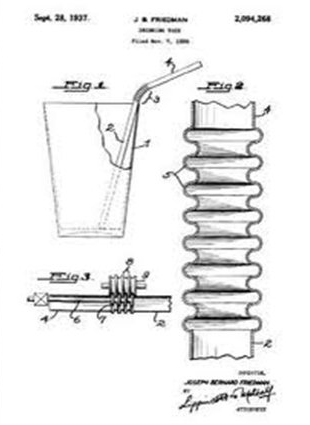
1937 - Joseph Friedman While sitting in his younger brother Albert's fountain parlor, the Varsity Sweet Shop in San Francisco (200 19th Avenue), Friedman observed his young daughter Judith at the counter, struggling to drink out of a straight straw. He took a paper straight straw, inserted a screw and using dental floss, he wrapped the paper into the screw threads, creating corrugations. After removing the screw, the altered paper straw would bend conveniently over the edge of the glass, allowing small children to better reach their beverages.
1948 - The transistor (diagram right) began powering smaller hearing aids. The transistor was invented by John Bardeen, Walter Brattain, and William Shockley
1960's - Icon based keyboards - were first developed to assist those who are unable to speak to use synthesizers
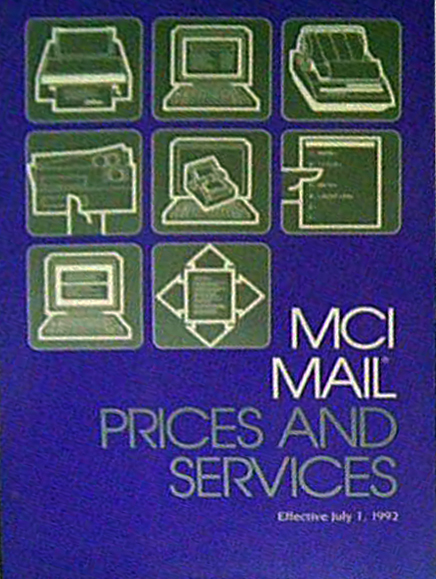
1973 - Vint Cerf - Cerf who was hard of hearing, developed email in part because it was an easy way to communicate with his wife who was deaf. In the early days, Cerf, was a manager for the United States' Defense Advanced Research Projects Agency (DARPA) funding various groups to develop TCP/IP technology. When the Internet began to transition to a commercial opportunity during the late 1980s, Cerf moved to MCI where he was instrumental in the development of the first commercial email system (MCI Mail) connected to the Internet.
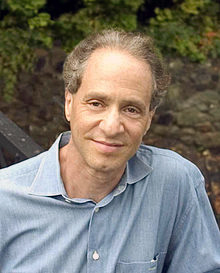
1978 - Ray Kurzwell - Kurzweil was the principal inventor of the first charge-coupled device flatbed scanner, the first omni-font optical character recognition, the first print-to-speech reading machine for the blind, the first commercial text-to-speech synthesizer, the Kurzweil K250 music synthesizer capable of simulating the sound of the grand piano and other orchestral instruments, and the first commercially marketed large-vocabulary speech recognition. (Photo right) Ray Kurzweil with his reading machine for the visually impaired & learning disabled, from the late 1970s.
1990 - Sam Fasber - Farber founded OXO as a result of improvements he made to an everyday vegetable peeler. While vacationing in a rented home in southern France, his wife, Betsy Farber, who suffered from arthritis, was trying to peel apples, which proved difficult using a peeler with a standard design. The difficulties presented by available peelers (and their handles) sparked an idea for Sam. He and his son, John, soon hired Smart Design, an industrial design firm based in New York City, with which they created a new product line of kitchen utensils fitted with soft plastic-coated black handles, which made them easier to hold and utilize than other utensils.
1994 - Bill Strumpf and Don Chadwick -Stumpf's association with Herman Miller began in 1970 when he joined the staff of the Herman Miller Research Corporation. After establishing his own firm in 1972, Stumpf created the Ergon chair, the first ergonomic work chair. Later, in collaboration with Don Chadwick, he produced the ground breaking Equa and iconic Aeron chairs. He also was principal designer for the Ethospace system. The chair created seating that wouldn't cause bed sores in the elderly and persons with disabilities.
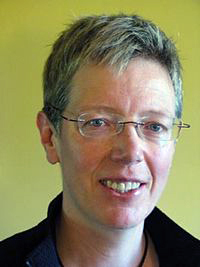
1990's - Jutta Treviranus - Inclusive Design Toolkit -At the beginning of her career, for the first personal computers – the Apple II Plus, the Tandy Model 100, the Texas Instruments computers, and later the Commodore 64 and Vic 20 – Treviranus designed alternative access systems for people with disabilities. She was assisted by experts at the University of Washington, the National Research Council Rehabilitation Technology Unit and the Microcomputer Application Program at the Hugh MacMillan Centre.
More information on innovations in technology for persons with disabilities
10 Ingenious Inventions for People With Disabilities
10 Inventions Revolutionizing the Lives of People With Disabilities
7 Tech Breakthroughs That Empower People With Disabilities
Assistive Technology: Devices Products & Information - Disabled World
Assistive Technology Historical Timeline
 © 2016 Phantom Productions, Inc. • creative media production since 1964
© 2016 Phantom Productions, Inc. • creative media production since 1964
contact • home • media services to persons with disabilities
"Phantom Productions" is the registered trademark of Phantom Productions, Inc. Copyright 2016